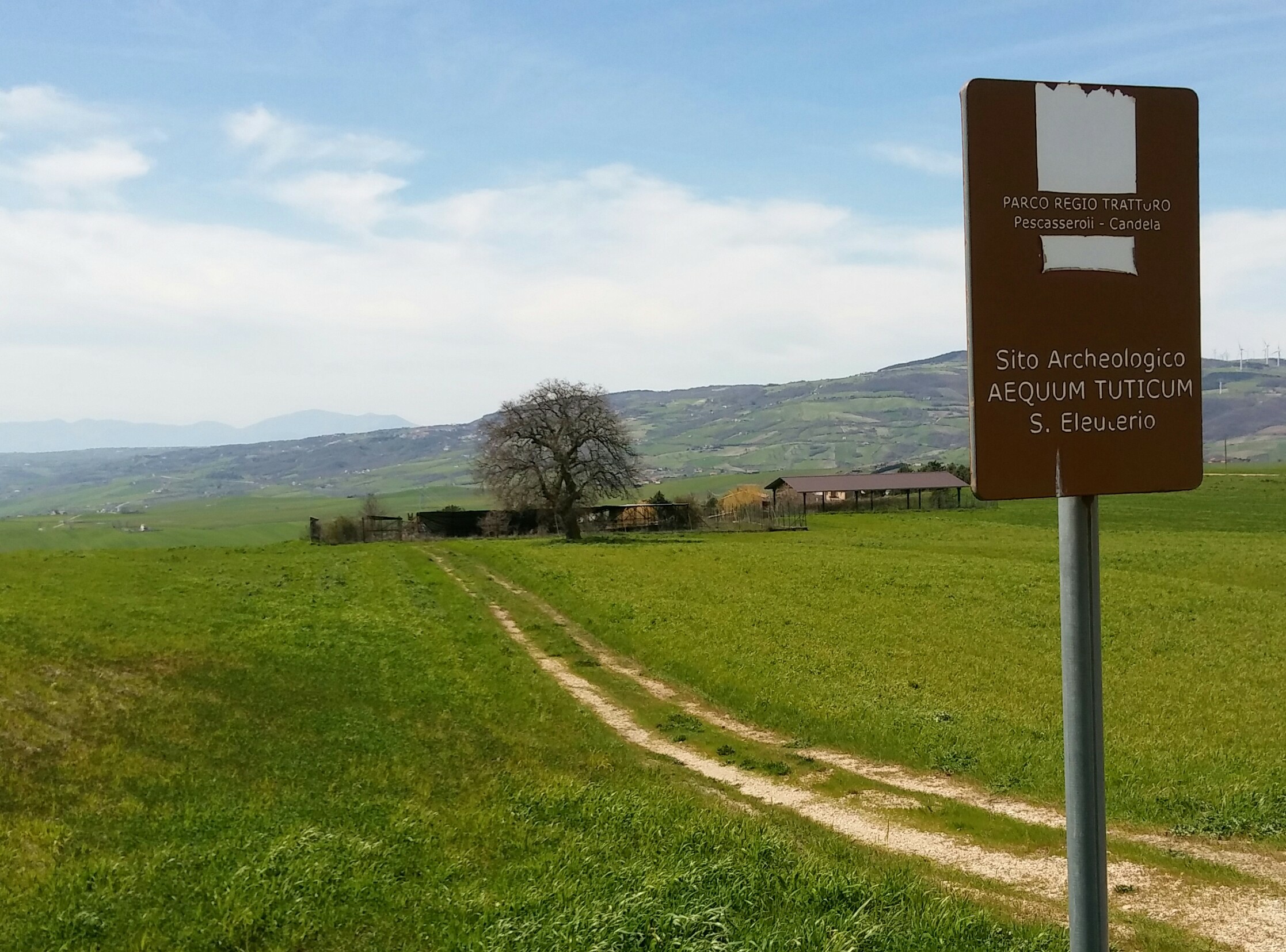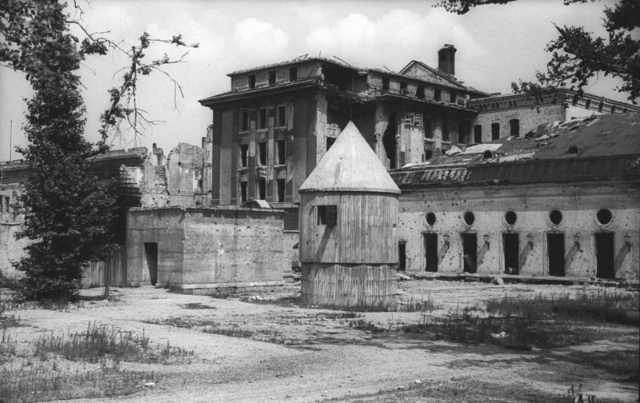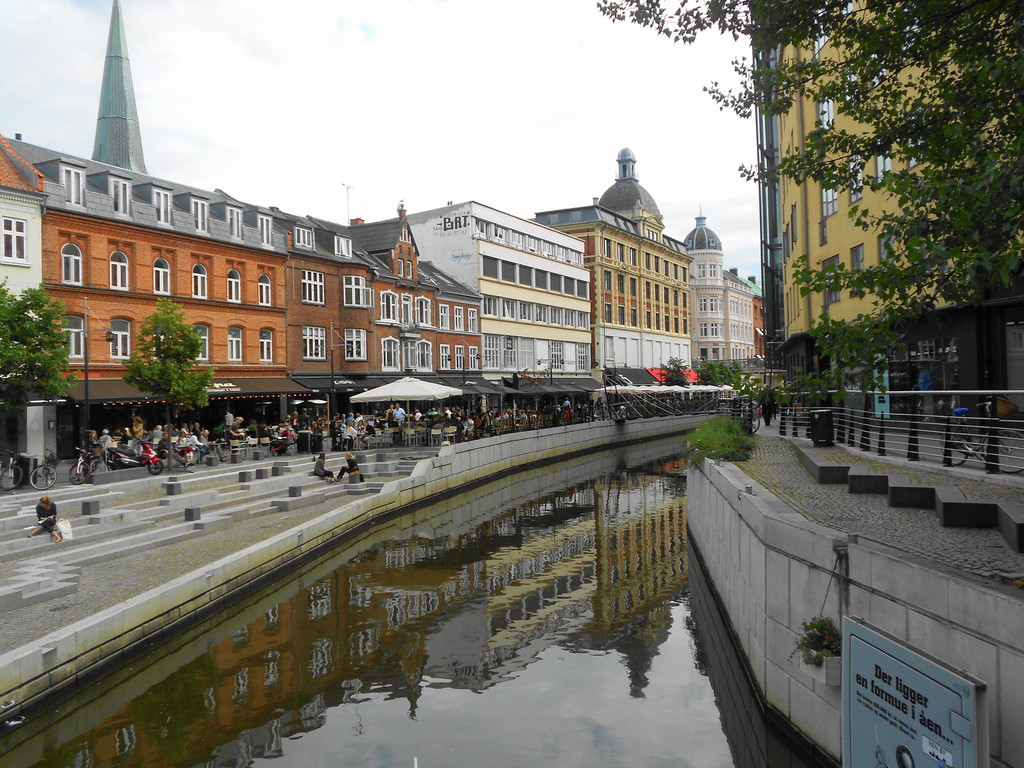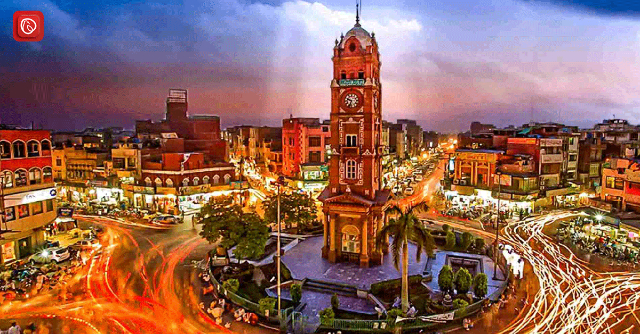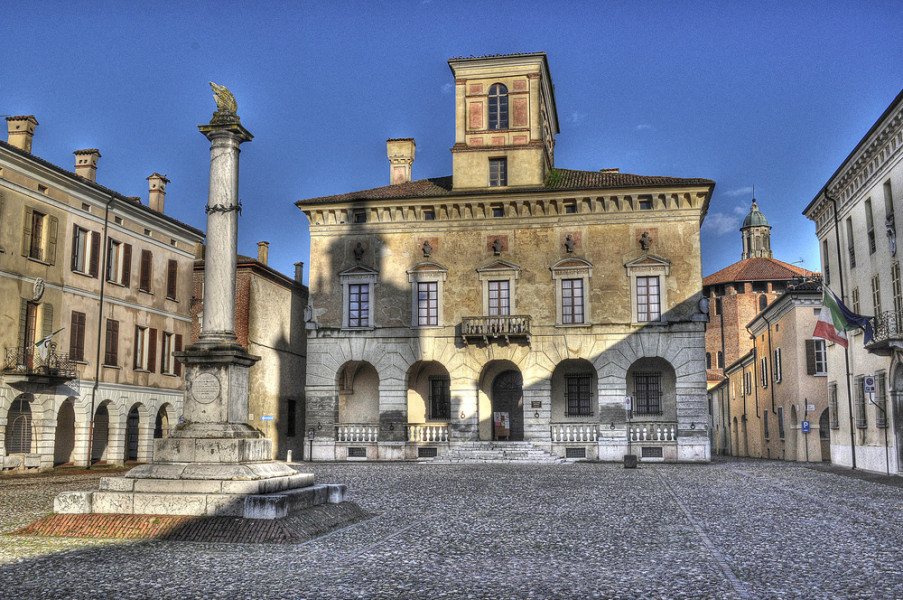On the Apennine watershed in Sant’Eleuterio di Ariano Irpino, you can visit the remains of the ancient centre of Aequum Tuticum, a road junction from which numerous roads radiated from north to south connecting the Sannio with Campania, and from east to west the Tyrrhenian side with the Adriatic.
In Republican times, an Aemilia street connected Aequum Tuticum with Fioccaglia di Flumeri and Aeclanum. In 109 A.D. the centre was crossed by Via Traiana and later by Herculia. Although the toponym Aequum Tuticum alludes to a Samnite settlement, the oldest phase attested by excavations is referable to the imperial age. The most representative example is a thermal building dating back to the first century A.D., whose central room was decorated with a mosaic floor with black and white tiles, with a pelte pattern. To the second half of the II century A.D. there are a series of rooms arranged in rows that can probably be interpreted as horrea (warehouses) or tabernae (shops). In the area behind them there is a large rectangular room, probably belonging to a villa with a valuable polychrome mosaic floor, with a complex ornamental motif. The vicus has a living continuity that is attested at least until the middle of the fourth century AD, when it was hit by the earthquake of 346 AD, which was followed by a resumption of building activity, documented by the mosaic environment.
In the late-antique early medieval age it bears the name of St. Eleutherius, to be identified with the Roman martyr much venerated in Rome in the eighth century AD. The medieval settlement appears divided into blocks gathered around a courtyard with a well. These environments incorporate and overlap the Roman and late-antique structures, changing their orientation (they rotate by 45°). From the study of the medieval ceramic class (glazed, glazed and graffiti), it has been possible to hypothesize a residential presence that goes from the 13th to the 14th century, when the place was once again upset by a seismic event.
